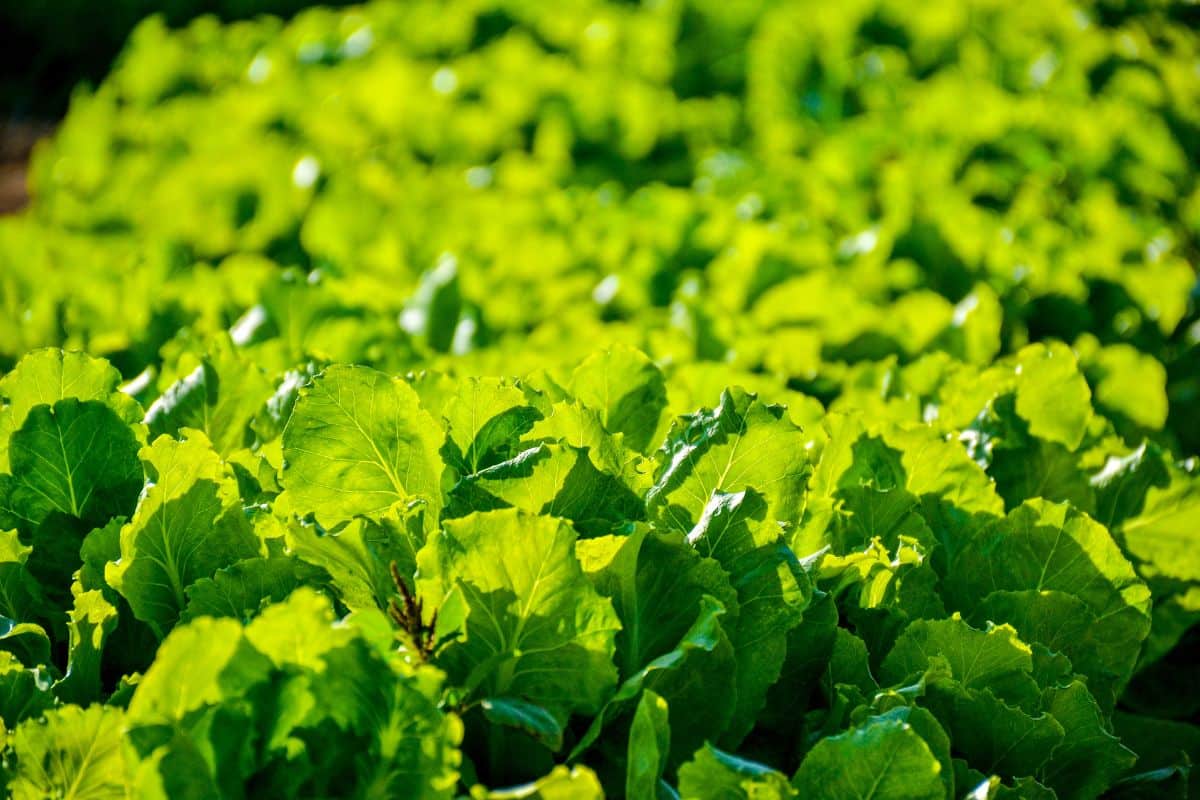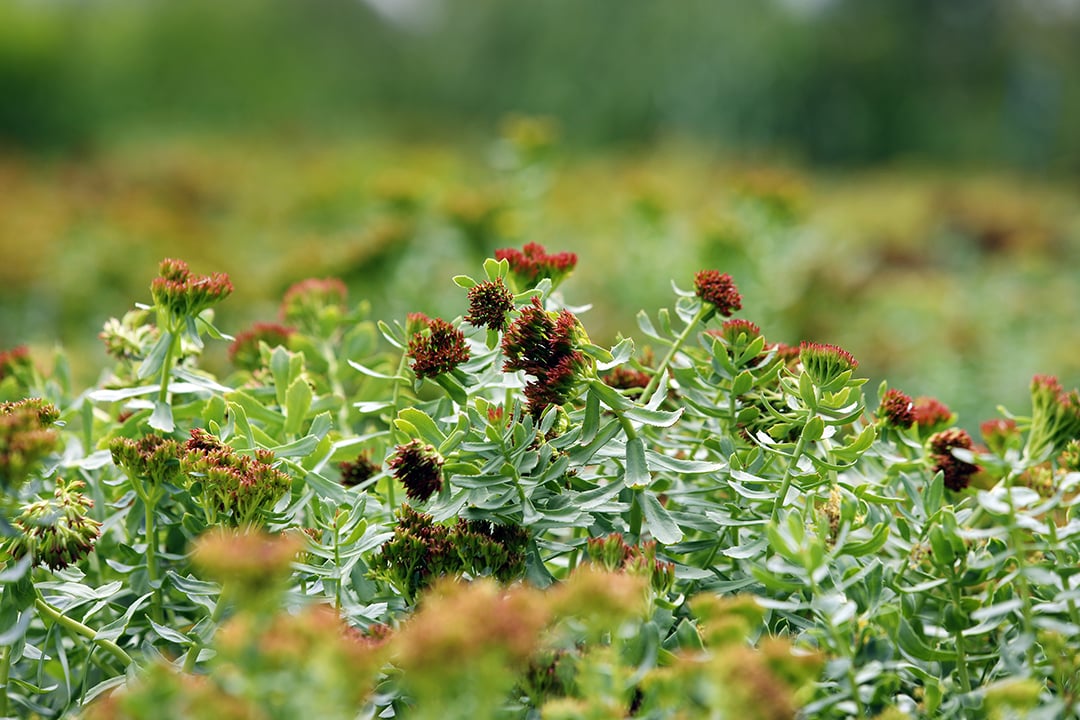Romaine lettuce stands out among leafy greens with its elongated, sturdy leaves and distinctively crisp texture. This versatile vegetable offers incredible culinary flexibility while delivering impressive nutritional benefits. Whether you’re a kitchen novice or experienced chef, romaine lettuce can transform ordinary meals into extraordinary culinary experiences.
Versatile ways to prepare romaine lettuce
Romaine lettuce offers remarkable versatility in the kitchen. The sturdy structure of romaine leaves makes them perfect for numerous preparation methods beyond basic salads. Understanding these techniques can dramatically expand your culinary repertoire.
Grilled romaine hearts create a surprisingly delicious dish that many home cooks overlook. Simply slice romaine hearts lengthwise, brush with olive oil, and place cut-side down on a hot grill for 1-2 minutes. The slight char adds smoky complexity while maintaining the lettuce’s signature crunch. Top with fresh lemon juice, grated parmesan, and cracked pepper for an elegant side dish.
For a refreshing twist, try romaine lettuce wraps as a lighter alternative to tortillas or bread. The firm leaves perfectly cradle fillings like seasoned ground turkey, diced chicken, or vegetarian options such as roasted vegetables and quinoa. These wraps offer a satisfying crunch while reducing carbohydrate intake compared to traditional wraps.
Romaine can be juiced alongside apples, cucumbers, and celery for a nutrient-dense green beverage. The mild flavor blends well with fruits while boosting the nutritional profile of your morning juice. Consider adding ginger or lemon to enhance the flavor profile.
Don’t overlook romaine as an ingredient in saucy vegetable dishes. When quickly wilted into stir-fries, soups, or pasta dishes in the final cooking moments, romaine adds texture and nutritional value without overpowering other ingredients.
Nutritional benefits of incorporating romaine lettuce
Romaine lettuce delivers exceptional nutritional value while remaining low in calories. With just 8 calories per cup, this leafy green packs an impressive array of vitamins and minerals that support overall health and wellbeing.
The vitamin content in romaine deserves special attention. A single cup provides over 80% of your daily vitamin A requirement in the form of beta-carotene, supporting healthy vision and immune function. Romaine also contains substantial amounts of vitamin K, essential for proper blood clotting and bone health. Additionally, it provides folate, vital for cell division and DNA synthesis.
Romaine lettuce contains valuable antioxidants that help combat oxidative stress in the body. These compounds, including lutein and zeaxanthin, are particularly beneficial for eye health and may reduce the risk of age-related macular degeneration. The vegetable’s high water content (approximately 95%) also promotes hydration.
The fiber in romaine supports digestive health by promoting regular bowel movements and feeding beneficial gut bacteria. This digestive support can help reduce bloating and improve nutrient absorption from other foods. For those concerned about environmental contaminants, choosing organic romaine can minimize exposure to pesticides, as conventional lettuce often ranks among produce with higher pesticide residues.
Key nutrients in romaine lettuce include:
- Vitamin A (82% DV per cup)
- Vitamin K (60% DV per cup)
- Folate (34% DV per cup)
- Vitamin C (40% DV per cup)
- Manganese (15% DV per cup)
Unlike some kale varieties that can taste bitter, romaine offers a milder flavor profile that appeals to those who find other greens too assertive. This approachability makes romaine an excellent entry point for increasing vegetable consumption.
Creative romaine lettuce recipes beyond Caesar salad
While Caesar salad remains the most famous application for romaine lettuce, this versatile green deserves exploration beyond this classic preparation. Innovative uses can transform romaine from supporting player to culinary star.
Romaine soup offers surprising depth of flavor, especially when prepared with caramelized onions and vegetable broth. Briefly simmer chopped romaine until just wilted, then puree with sautéed aromatics and broth. Finish with a touch of cream or nutritional yeast for added richness. This unexpected application preserves romaine’s nutritional benefits while creating a satisfying warm dish, particularly welcome during winter months.
For entertaining guests, romaine boats with creative toppings make impressive appetizers. The natural shape of romaine leaves creates perfect vessels for flavorful combinations. Try Mediterranean-inspired fillings with hummus, roasted red peppers, and olives; Asian-influenced options with peanut sauce and julienned vegetables; or Mexican-inspired combinations with black beans, corn, and avocado.
Romaine can transform breakfast when incorporated into green smoothies. Combine romaine leaves with frozen banana, mango, ginger, and a splash of coconut water for a refreshing morning boost. The mild flavor blends seamlessly without the bitterness some greens impart.
For those exploring plant-based cooking techniques, try these innovative romaine preparations:
- Quick-pickled romaine stems (reduce waste while creating tangy garnishes)
- Romaine kimchi (a lighter alternative to traditional cabbage versions)
- Romaine pesto (substitute half the basil with romaine for a milder sauce)
- Romaine-wrapped fish packets (use leaves to encase fish fillets before baking)
Even romaine’s often-discarded stems deserve attention. These crunchy parts can be diced and added to tuna salad, egg salad, or stir-fries for extra texture and nutrition. This whole-vegetable approach reduces food waste while maximizing nutritional benefits.
Storage tips for maximum freshness
Proper storage techniques significantly extend romaine lettuce’s shelf life and maintain its crisp texture. With correct handling, romaine can remain fresh for up to two weeks rather than wilting within days.
After purchasing romaine, remove any damaged outer leaves and trim the base slightly. Wash thoroughly under cold running water, paying special attention to the base where dirt often collects. Dry completely using a salad spinner or clean kitchen towels, as excess moisture accelerates spoilage.
The paper towel method provides excellent results for storing clean romaine. Wrap the lettuce loosely in paper towels to absorb excess moisture, then place in a perforated plastic bag or container. This approach balances humidity while allowing ethylene gas to escape, preventing premature yellowing.
Consider investing in specialized produce storage containers with built-in ventilation systems for frequent romaine users. These containers maintain optimal humidity levels while preventing the lettuce from becoming waterlogged or drying out excessively.
For maximum longevity, store romaine in the vegetable crisper drawer of your refrigerator at temperatures between 32°F and 40°F. Position it away from ethylene-producing fruits like apples and bananas, which can accelerate romaine’s deterioration. With these simple storage techniques, you’ll enjoy crisp, flavorful romaine whenever culinary inspiration strikes.










